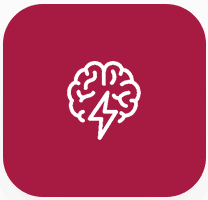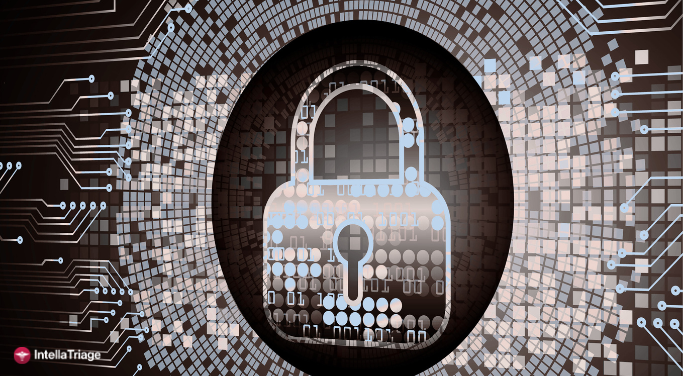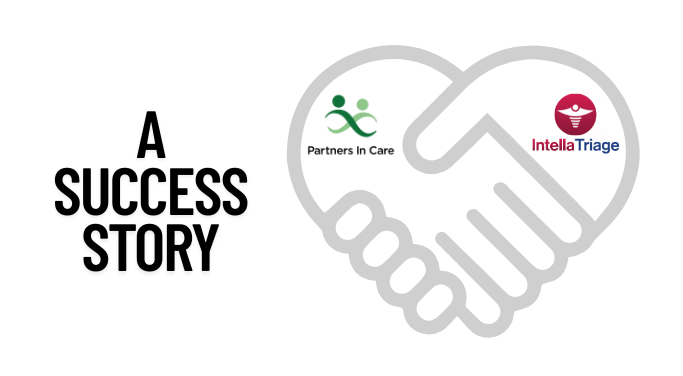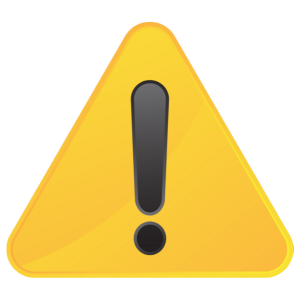After-hours comprise 75% of the care week, yet staffing for after-hours is often treated as an afterthought, despite their impact on retention, operating costs, and growth. In hospice and home health, office hours typically consist of Monday through Friday 8:30-6 or some similar model. However, it is quite common for patients and caregivers to need access to care resources, especially clinical ones, outside of these regular office hours. Understanding the different options for after-hours care models and choosing the model that best fits your agency’s goals can significantly impact overall patient satisfaction, nurse burnout, and your bottom line.
There are three main after-hours triage models in the hospice and home health space: non-clinical answering service, internal call center, and external triage. First, let’s dive into how hospice and home health agencies deal with the ongoing after-hours tasks.
The overall goal of after-hours care is to ensure that patients receive the care they need when they need it. Therefore, hospice agencies must employ and assign enough on-call nurses who can meet the 24/7 nursing needs of their patients. The nursing shortage has been an issue in the health care field for many years – it is nothing new. However, the Covid-19 pandemic and the resulting great resignation have exacerbated the problems affecting nurses and the agencies who staff them to crisis proportions.
Answering Service
The Scenario
Agnes, a patient with ABC Hospice, has advanced stage 4 cancer and is bedbound. Her husband remembers conversations surrounding the utilization of comfort medications. Unfortunately, at the moment he cannot remember how to administer the medicines using the syringe in the comfort kit. He is at a loss for how to help her, so he calls the agency.
ABC Hospice contracts with a non-clinical answering service. This service takes a message about Agnes’s situation and then calls the nurse on-call. The communication takes approximately 33 minutes to reach the nurse. The nurse must now log in, review Agnes’s electronic medical record (EMR), and begin traveling to Agnes’s home. There she will help alleviate the new onset of congestion and labored breathing. The nurse will also provide hands-on education on preparing to administer the medications. It took over half an hour for Agnes’ husband to hear from the nurse and a further 2 hours to get relief.
The Model
The most common after-hours care model – by far – is the answering service. In this case, a non-clinical answering service takes patient calls and passes the message to the on-call nurse for triage or takes a message for the next day. For reference, in a typical hospice agency with a 100-patient average daily census (ADC), an average of seventy calls per week come in after normal business hours. Of those seventy, the answering service typically passes 56-63 calls to the nurses on-call. This type of service takes an average of 15 seconds to answer a call. However – most calls take 33 minutes to reach the nurse.
Answering service agents do not determine whether the call is worthy of triage; instead, they simply pass the message along. This method can mean a phone call to a tired and sleeping nurse at 2 am for a medication refill. It can also mean the nurse is answering a call while at another patient’s bedside. Employing a non-clinical answering service often results in a nurse with divided attention. This impacts the nurse (tired/overwhelmed/burnt out) and the patient (less focus on them, potential for error). Patient satisfaction (as measured by CAHPS scores) is understandably lowest when agencies use this model.
Internal After-Hours Care Model
The Scenario
Mary has worked 49 hours this week as a hospice nurse. She has not had a vacation since before the pandemic began. The only extended “break” she has had recently came when she contracted COVID and was in quarantine. In addition, Mary often takes overtime shifts since so many nurses in her agency have retired recently (one in five health care workers have quit their jobs since February 2020, Morning Consult). Since Mary’s hospice agency manages its after-hours triage internally, Mary’s contract involves on-call for three overnights and one weekend per month.
Mary is out on a home visit; her patient has taken a turn for the worse, and they will transition soon. Mary has established a strong relationship with her patient’s extended family, who live with and care for the patient. She needs to spend a little extra time in this home to ensure the patient is comfortable and the family understands the transition process and what to expect next.
Mary’s focus belongs with her patient and their family. But Mary is on call. She has been in this home for two hours in the early evening. There have been four calls from the office while she was there. She is torn between responsibilities. Mary wants to devote time and care to the people with whom she is physically present. However, she must also attend to those on the phone. Another patient and family could be experiencing the same situation without a nurse’s support. Mary is tired and burnt out. She tries valiantly to remember all the reasons she loves being a nurse. Unfortunately, at the moment, all she can think about is the long night ahead and her shift the following day.
The Model
Many large hospices and home health agencies manage their after-hours triage internally. With internal triage models, incoming calls are managed in one of two common ways. Either case managers rotate through on-call or a separate and dedicated triage team handle incoming calls.
In the first model, the traditional and oldest model, a case manager is scheduled for on-call on a rotating basis. Here, the case manager answers all calls after primary business hours. In this setup, the on-call nurse typically answers the incoming call and performs visits simultaneously. Unfortunately, this model’s burnout levels are incredibly high, and patient experience ratings are generally low.
The second internal after-hours care model occurs when the agency employs a dedicated triage team. Also known as the triage/runner model, the internal triage team answers the phone and sends the runner nurse on visits as needed. This dedicated triage team leads to less burnout as this is their dedicated job. However, this model has high financial costs and requires particular operating expertise. Typically, agencies adopt one of these models because they perceive a benefit in having their own nurses answer and triage the call. Still, there are genuine costs to consider with these approaches.
Nurse-Based External Phone Triage
The Scenario
The phone rings at 7:30 pm on a Monday, and John answers in less than 30 seconds. A hospice patient’s caretaker is describing a sudden change in the condition of their loved one. The patient’s breath is rattling in their chest, and they are unceasingly restless. John was a hospice and home health nurse for 30 years. He understands the situation and has the wherewithal to spend time speaking to the caretaker and helping them understand.
John is well-rested and he focuses all of his attention on this conversation with the caregiver. John has access to the patient record and can see that the patient has been prescribed morphine within the Plan of Care (POC), but is administered the low end of the ordered range. Utilizing the custom protocols agreed upon with the hospice agency, John recommends increasing morphine to the middle of the ordered range to help make the patient more comfortable. Forty-five minutes later, John calls back the family to check on their status and see if the increased morphine has made the patient comfortable – it has, and the patient is resting. John logs the encounter in the EMR and the daily report for agency nurses to read in the morning.
The Model
A relatively new approach to after-hours staffing, nurse-based external phone triage utilizes licensed RNs on the phone dedicated solely to triaging calls. This after-hours care model allows nurses to focus on one patient at a time. On-call RNs draw on their expertise in hospice and home health to address the situation at hand and prevent escalation of calls until necessary. This triage model provides a much-needed break for agency nurses. On-call nurses can rest easy, knowing that their patients are being cared for. Nurse-based external phone triage leads to less nurse burnout and higher recruiting and retention rates. It also leads to an improved patient experience, as evidenced by increases in CAHPS scores for agencies utilizing this model of after-hours triage.
After-hours comprise 75% of the care week yet are often treated as an afterthought, despite their impact on retention, operating costs, and growth. For nearly 15 years, IntellaTriage has supported hospice and home health providers as they transform their after-hours strategy from an after-thought to a program strength.
IntellaTriage
IntellaTriage offers qualified nurse triage services for hospice and home health. Our 24/7 triage services are provided by a team of licensed, registered nurses. We ensure that your patients receive top-quality care at all hours: day or night.
Our team becomes an extension of your own. By using gold-standard protocols and recording interactions in your EMR, IntellaTriage’s nurses address up to 80% of concerns with home care recommendations. This elite level of care is just one phone call away, meaning that while your patients’ issues are addressed, your nurses can focus on other tasks.
Transform your after-hours model. Contact IntellaTriage for a complimentary consultation.
Contact Us for a Consultation
Ready to optimize your triage process? Reach out to us today for a consultation tailored to your needs. Let’s elevate your patient care together.
More From The Blog
Recent data breaches are once again highlighting the urgency of securing protected health information (PHI). In March 2025, Yale New Haven Health System disclosed that an unauthorized third party accessed the personal data of nearly 5.6 million patients. Around the same time, Kentucky’s Cumberland County Hospital suffered a breach affecting more than 36,000 individuals, including [...]
Partners In Care - A Success Story. Partners In Care is a 5-star nonprofit provider of hospice, palliative, and home health services in Oregon. When they decided to reevaluate their after-hours care model, the goal was clear: prioritize patient care while supporting the nurses who make it all possible. Their home health and hospice nurses [...]
We have been made aware of a fraudulent job scam in which individuals are impersonating IntellaTriage and offering fake job opportunities. These scammers are emailing candidates directly and/or reaching out through platforms such as LinkedIn, posing as recruiters or hiring managers. Victims report being sent fraudulent checks with instructions to purchase equipment or gift cards. [...]

